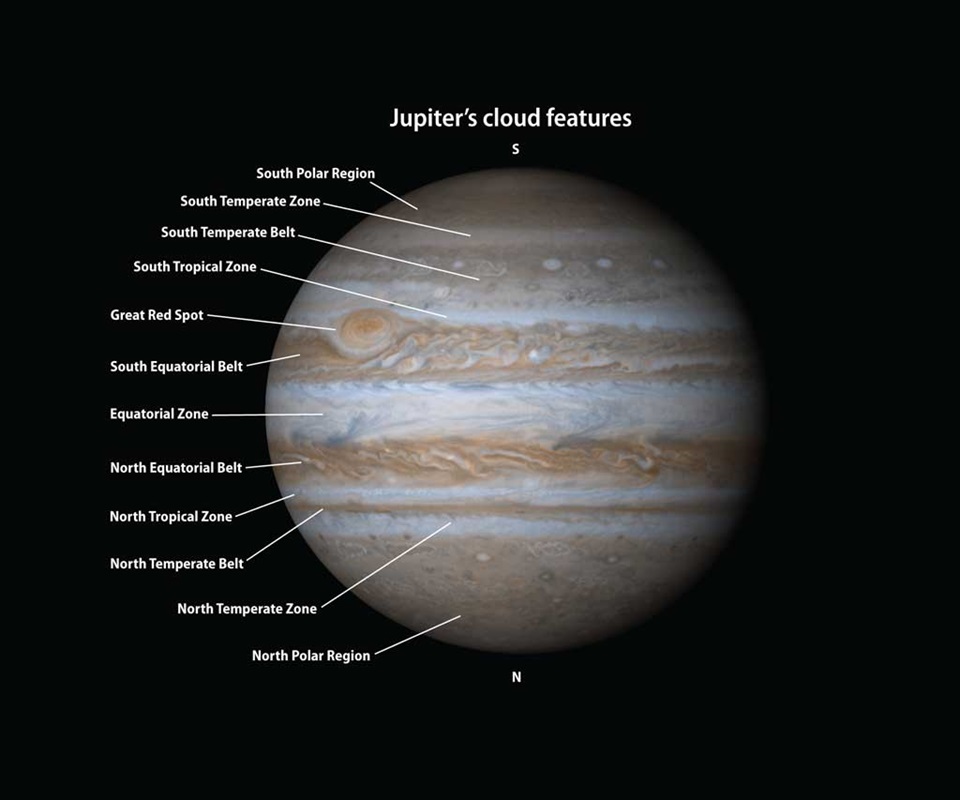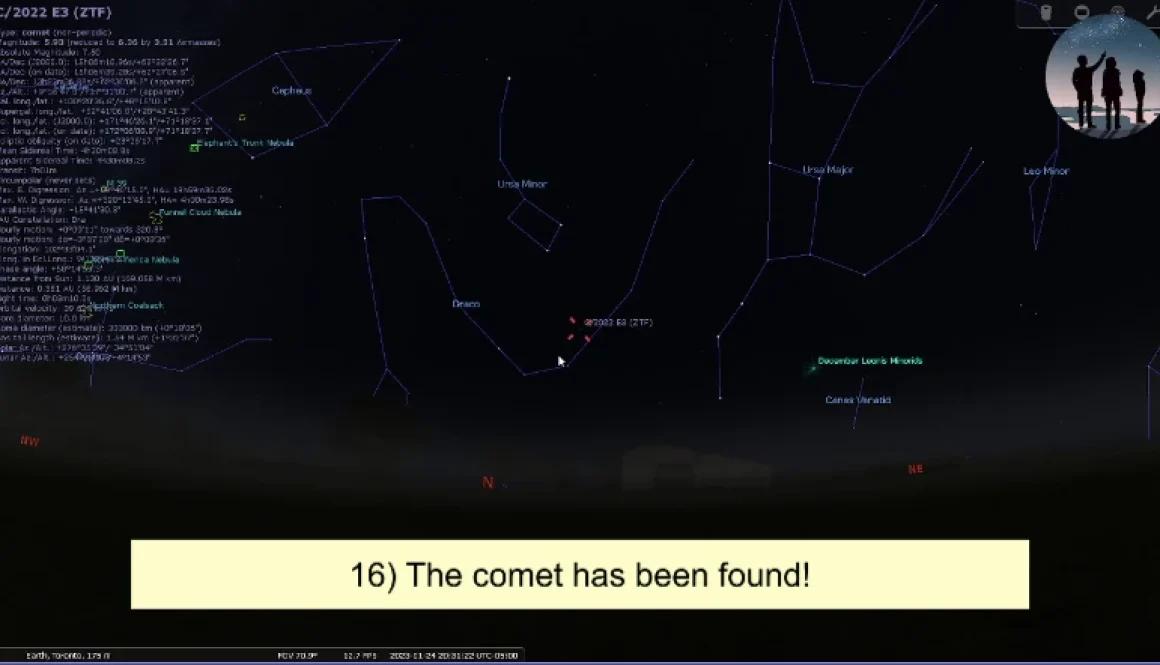
claudio
Posts by :

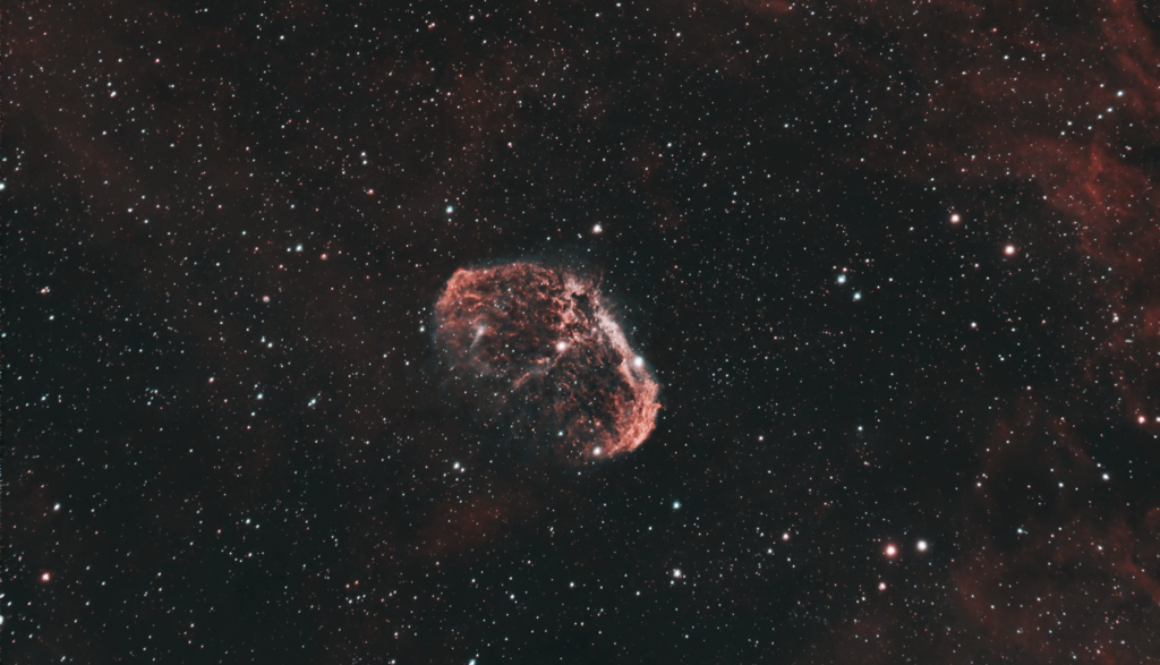
My 2022 Astrophotography Highlights
My 2022 Astrophotography Highlights
My 2022 astrophotography highlights: two lunar eclipses, deep sky imaging, nebulae and galaxies, globular clusters, a comet, a quasar, a supernova, a black hole, the Moon, Jupiter, Saturn, Neptune and Mars.
As an avid astrophotographer, I captured some unforgettable moments in 2022. From lunar eclipses to supernovas, from galaxies to bright nebulae, from planets to sunspots, it was a year filled with exciting celestial events and beautiful cosmic sights.
I was lucky enough to have a clear sky when two lunar eclipses occurred. The first one was a partial lunar eclipse that happened on May 15, and the second one was a total eclipse visible before dawn on November 8 from my location. It was a privilege for me to photograph these beautiful astronomical events.
On May 2, I imaged a supernova in a distant galaxy for my very first time (S2022hrs, located in the NGC 4647 galaxy in Virgo). A supernova is an explosive event that occurs when a massive star collapses and explodes. I was thrilled to capture this supernova with my 8 inch telescope and imaging camera from my light polluted location.
I imaged the first ever discovered quasar (3C 273), located at the heart of a distant galaxy in Virgo. It is breathtaking to think of this mysterious celestial object which is the extremely bright core of an active galaxy powered by a supermassive black hole, that lies at a staggering 2,443 million light-years distance from Earth.
I had dozens of deep sky imaging sessions: I captured galaxies, globular clusters and narrowband images of bright nebulae. I also took some beautiful images of Jupiter and Saturn.
But perhaps the most impressive moment of the year came when I imaged Mars with its features, the North polar cap and its clouds, just a few days before its opposition. It was an amazing year for my astrophotography journey, and I can’t wait to see what 2023 will bring.
Happy 2023 and always remember to look up at the stars!
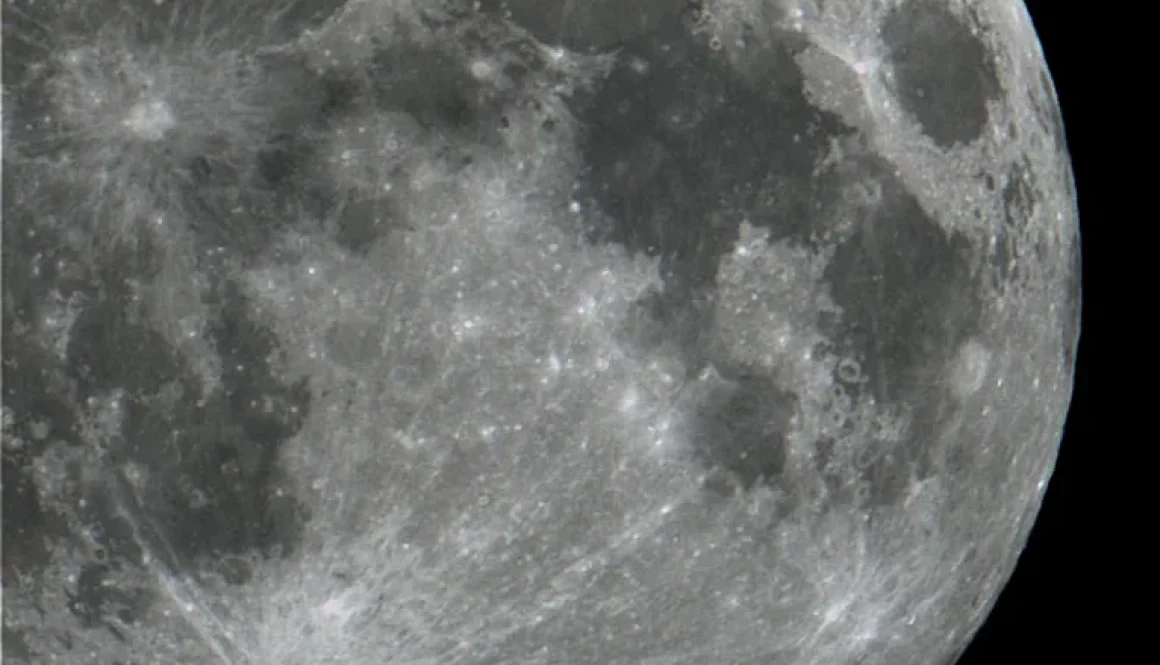
Mars reaches its opposition and “kisses” the Moon!
Mars reaches its opposition and “kisses” the Moon!
I caught the Moon and Mars a few minutes after the end of the occultation!
December 7, 2022: I marked this date on my calendar because of Mars opposition and a lunar occultation that was visible from my location, only to discover that the cloud coverage was 100% during the occultation.
However, I prepared my scope and my planetary camera, just in case.
The sky was cloudy for the entire duration of the occultation, but cleared for a few minutes around 11:35 pm EST, well after the end of the occultation. Weather conditions during the acquisition were very challenging (as you can see from the video below), but I am happy with the reward of my perseverance: I captured the Full Moon and Mars in opposition!
Date: 2022-12-07
Time: 11:38pm EST
Location: my driveway in Richmond Hill (ON)
Scope: Explore Scientific ED80 CF
Mount: Celestron AVX
Camera: ZWO ASI224MC, IR-Cut filter
Software: FireCapture, Autostakkert, Registax, GIMP
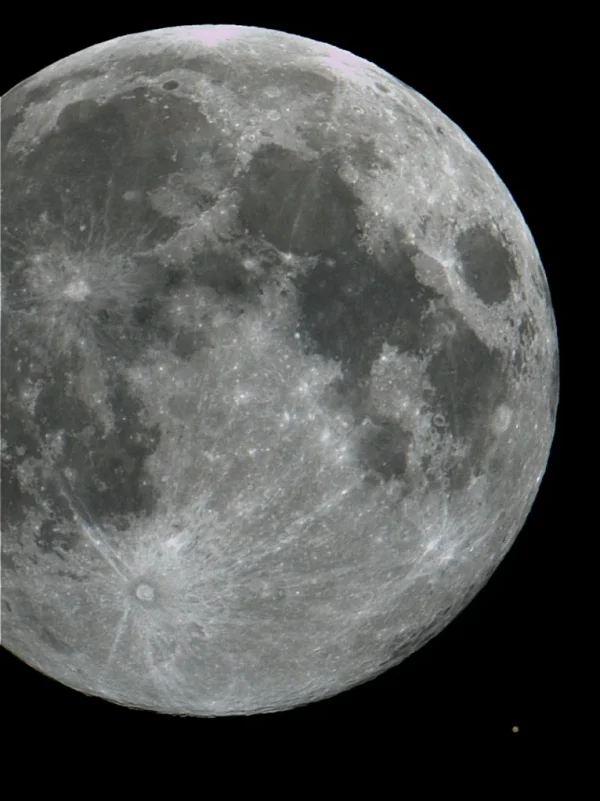
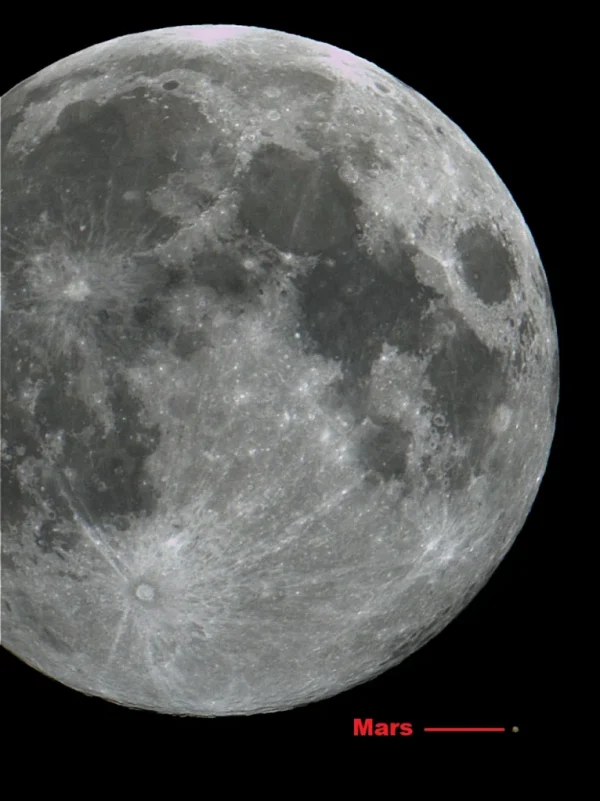
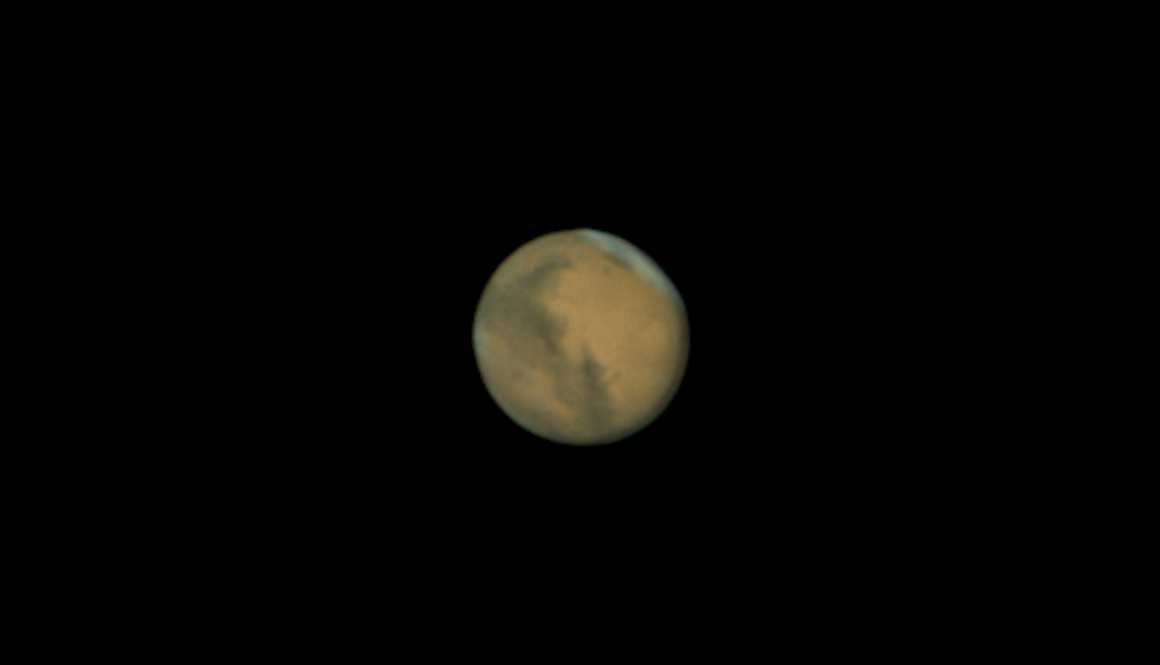
A night with Mars I won’t forget
A night with Mars I won’t forget
Due to the weather conditions in my area, yesterday night I wasn’t sure whether to image or not to image Mars. At last, I decided to go out and give a try (who knows when we will experience another clear night here in the GTHA) … And what a view of Mars on my telescope!
The night wasn’t too cold (-2°C) but the wind settled. There were some high clouds that dissipated during my imaging session. Seeing was average but I had a few moments with perfect conditions and no atmospheric turbulence.
Yesterday the distance of Mars was 81.6 million km, its magnitude was -1.92, the altitude was 62°50’, and its diameter was 17.15 arcseconds. Mars opposition will occur in just 2 days (on December 7-8), while Mars reached its minimum distance from the Earth on November 30.
I am so glad that I went out, set up my gear and shot some fantastic images of Mars! Definitely a night I won’t forget!
Date: 2022-12-05
Time: 03:49 UT
Location: my driveway in Richmond Hill (ON)
Scope: Celestron C8 SCT
Mount: Celestron AVX
Camera: ZWO ASI224MC, IR-Cut filter, TeleVue PowerMate 2.5x
Software: FireCapture, Autostakkert, Registax, GIMP
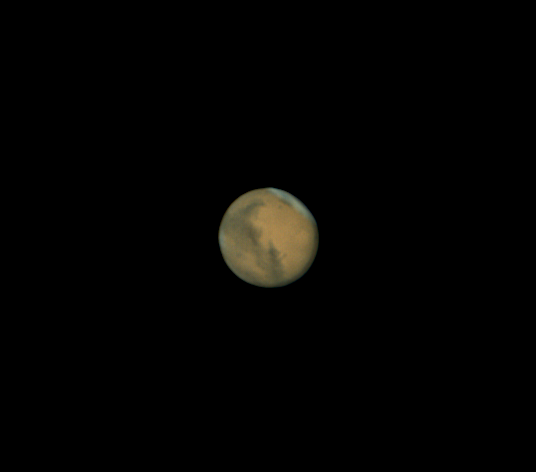
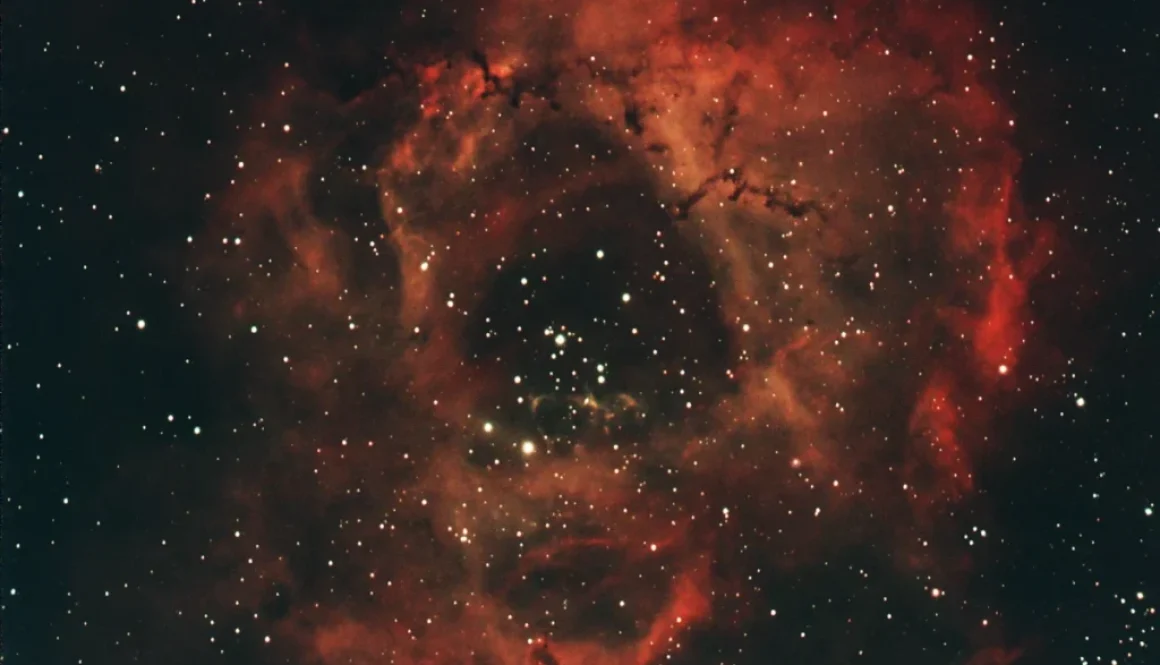
The Rosette Nebula in narrowband
The Rosette Nebula in narrowband
A few nights ago I imaged the Rosette Nebula (NGC 2237) from my driveway, with only 30 minutes total image integration.
My original plan was to going out with my Celestron 8 SCT and imaging Mars, but unfortunately the seeing was very bad for planetary imaging.
I did not give up, but I decided instead to switch to my small refractor and collect some narrowband images of deep sky objects. My main target for the night was the Rosette Nebula (also known as NGC 2237).
I used the brand new SpectrophotometricColorCalibration (SPCC) tool in PixInsight for the very first time (for those who might be interested, the link is here).
Gaia Data Release 3 currently represents the state of the art in terms of stellar astrometry and photometry, and is based on measurements made from space.
Guiding during the imaging session was a bit bumpy and I had some headache because I had to slightly change my processing routine and PixInsight configuration. I have to confess that the color of the stars is more accurate with this new process and I like the final result.
As usual, you can see the final processed image with stars and its starless version.
Date: 2022-11-26
Location: my driveway in Richmond Hill (ON)
Scope: Explore Scientific ED80 CF
Mount: Celestron AVX
Guiding camera: ZWO ASI224MC, IR Cut filter, PHD2
Guide Scope:Orion Deluxe Mini 50mm Guide Scope
Total integration time: 30 minutes (6×300 seconds).
Calibration frames: 1 dark, 10 flat, 100 bias
Size: 1.35 x 1.35 deg
Radius: 0.956 deg
Pixel scale: 4.06 arcsec/pixel
Note: Scroll the slider to switch between the images of the Rosette Nebula (NGC 2237) and its starless version. You can also open the image of the Rosette Nebula in its original resolution.
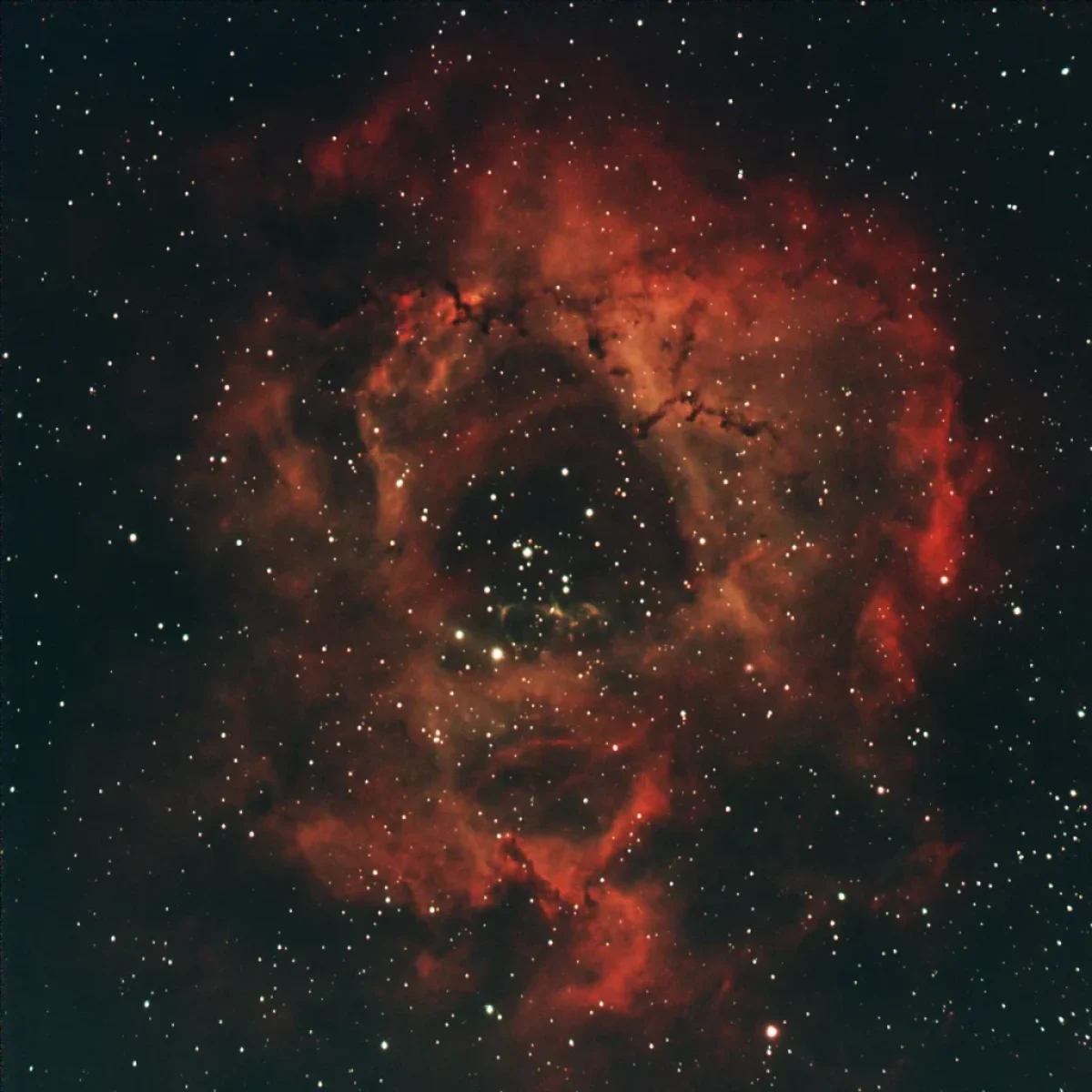
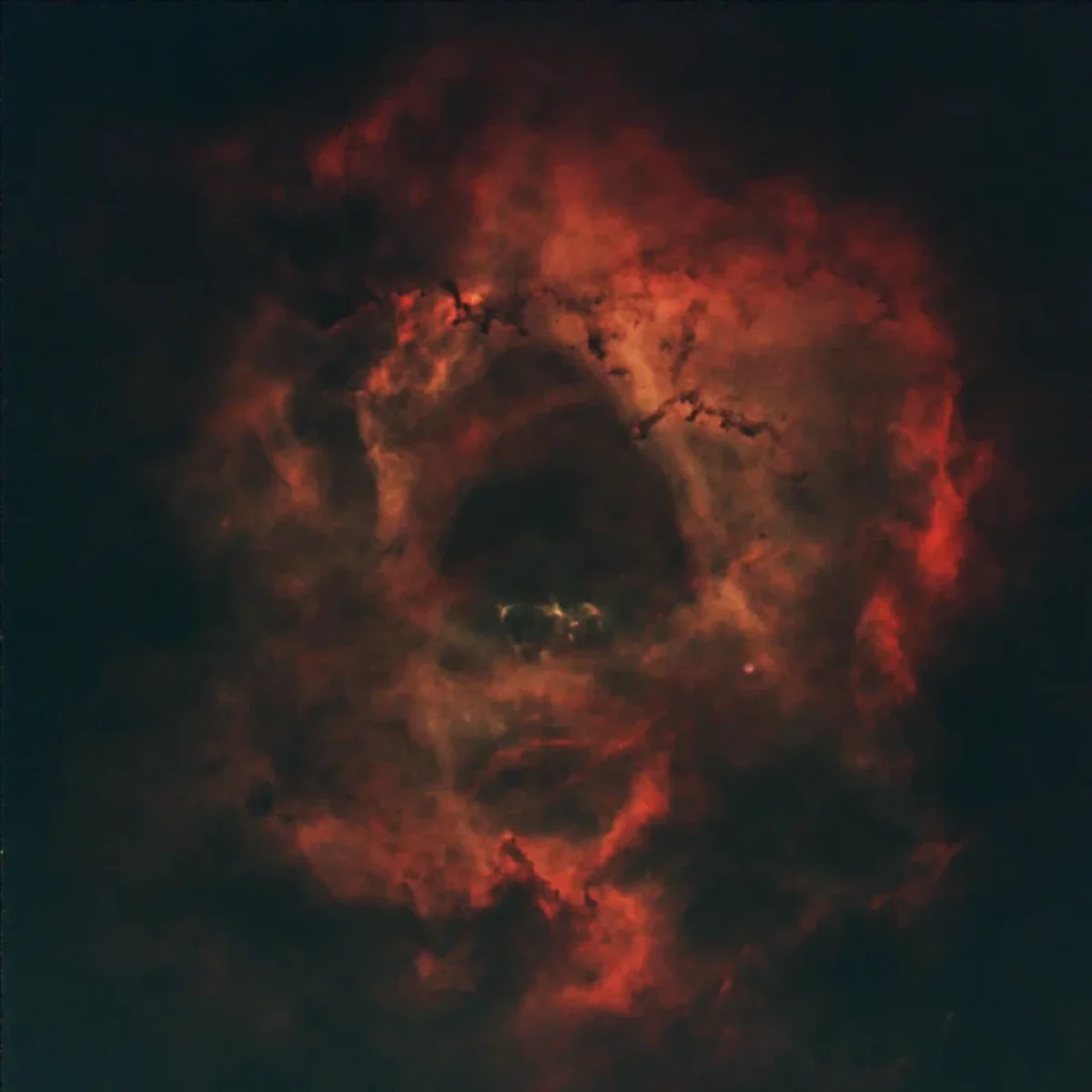
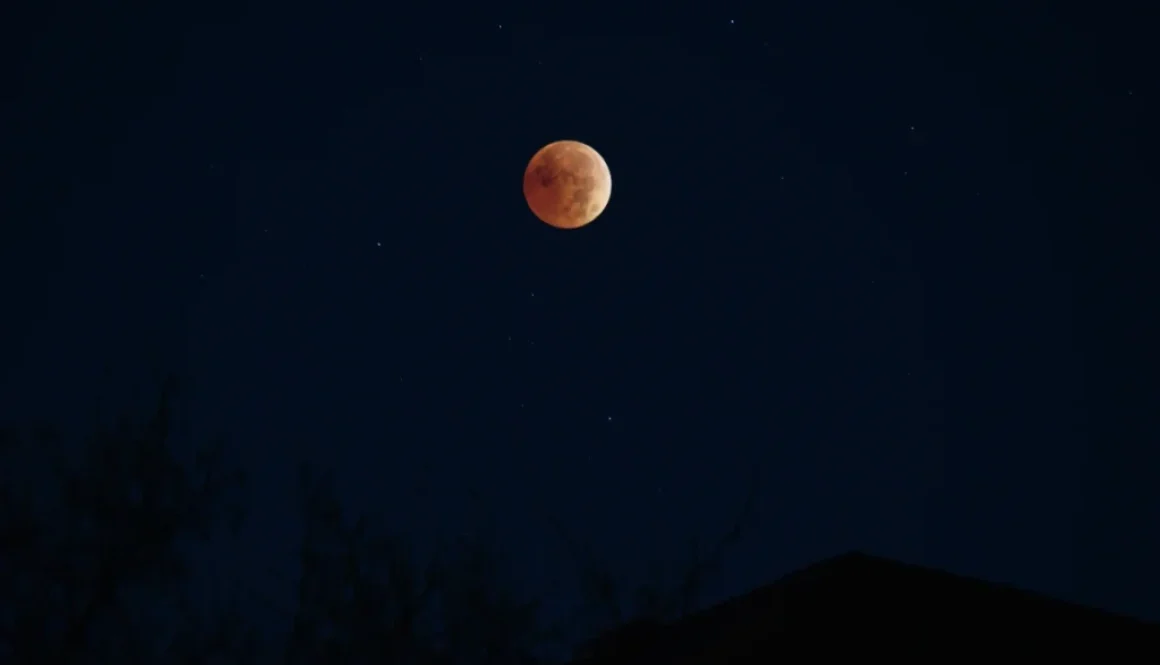
I photographed the total lunar eclipse
I photographed the total lunar eclipse on November 08, 2022
Location: Richmond Hill (ON)
Scope: Explore Scientific ED80CF for the Full Moon
Camera: ZWO ASI533MC PRO, Nikon D5300 + 55-200 telephoto zoom lens
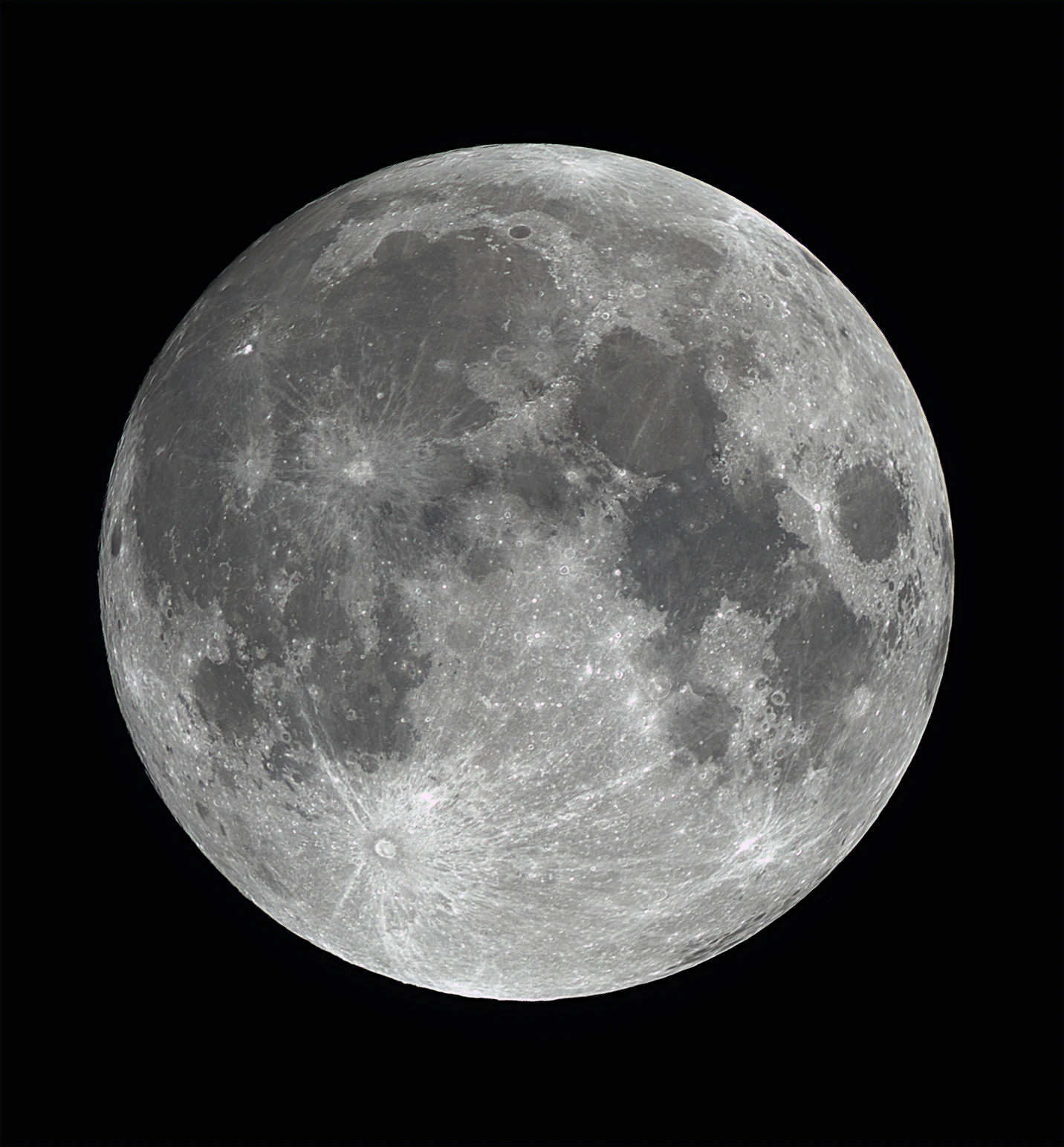
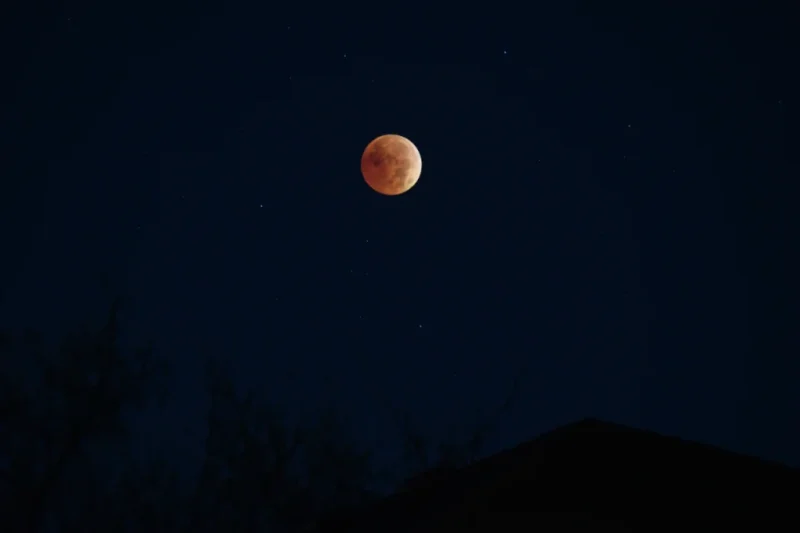

My first image of the Elephant’s Trunk Nebula
My first image of the Elephant’s Trunk Nebula
Date: 2022-10-29
Scope: Rokinon 135mm lens
Mount: Celestron CG-5 mount
Imaging Camera: ZWO ASI533 MC PRO (cooled at -10°C)
Filters: Optolong L-Extreme 2″
Guiding camera: ZWO ASI224MC, IR Cut filter, PHD2
Guide Scope: Orion Deluxe Mini 50mm Guide Scope
Software: NINA, PixInsight, NoiseXTerminator, Pixel Math (for star reduction), Starnet (for the starless version of the nebula), GIMP
Total Integration Time: 60 minutes (20×180 seconds)
Calibration frames: 20 dark, 20 flat, 100 bias
Size: 5.01 x 5.01 degrees
Radius: 3.545 degrees
Pixel scale: 12 arcsec/pixel
Note: Scroll the slider to switch between the images of the Elephant’s Trunk Nebula (IC 1396) and its starless version. You can also open the image of the Elephant’s Trunk Nebula in its original resolution.
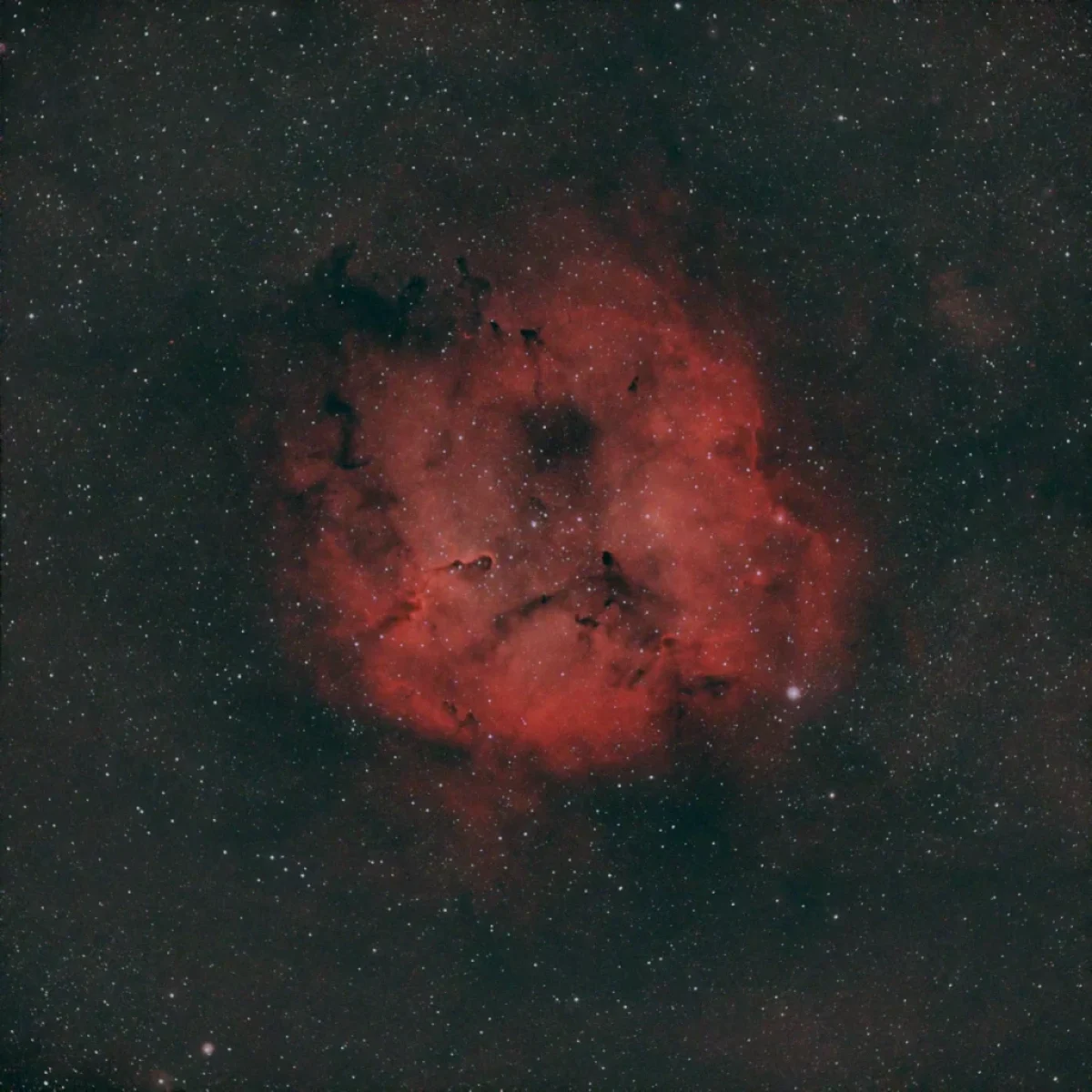
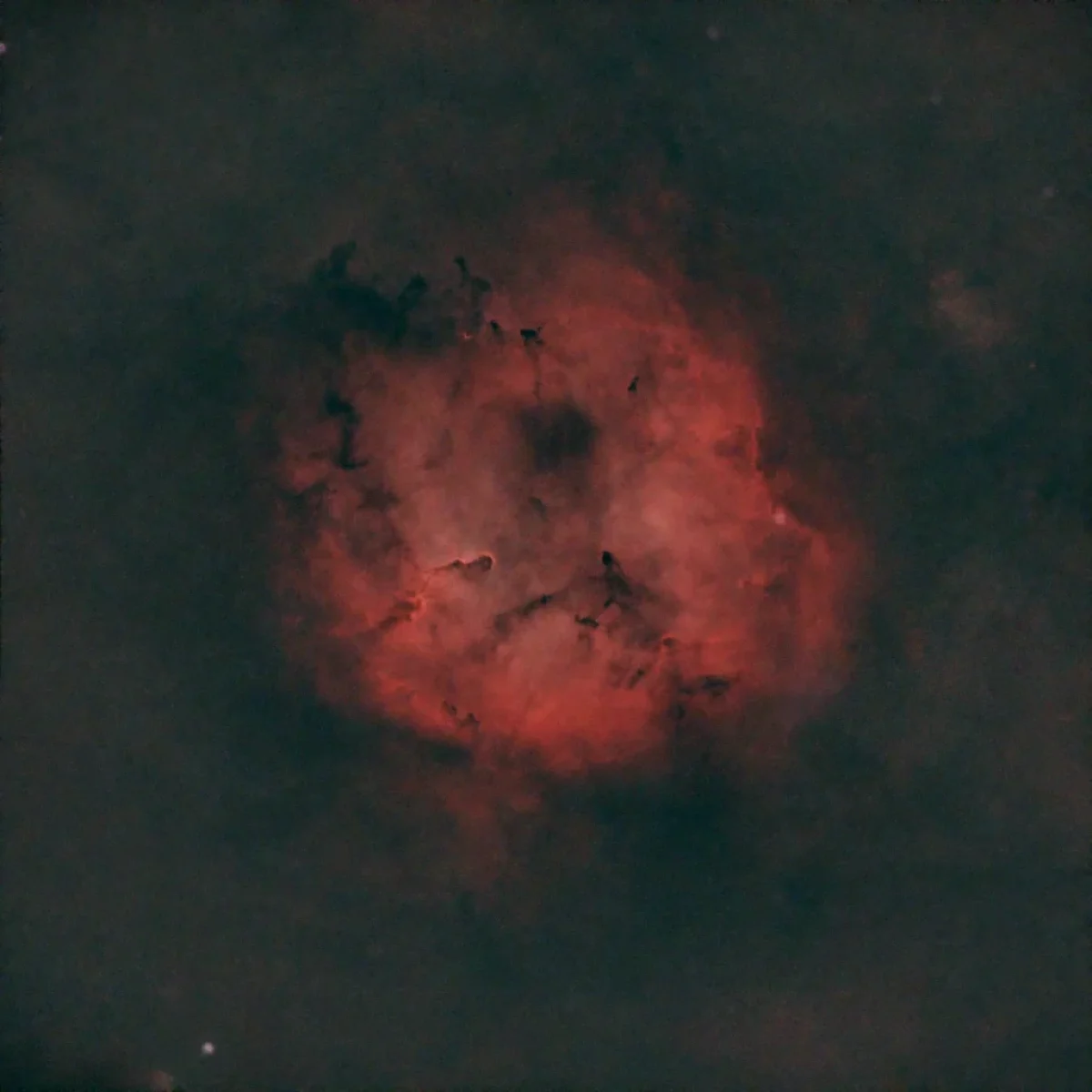
The Elephant’s Trunk Nebula as shown on my N.I.N.A. screen. Guiding for the night was 0.93 RMS.
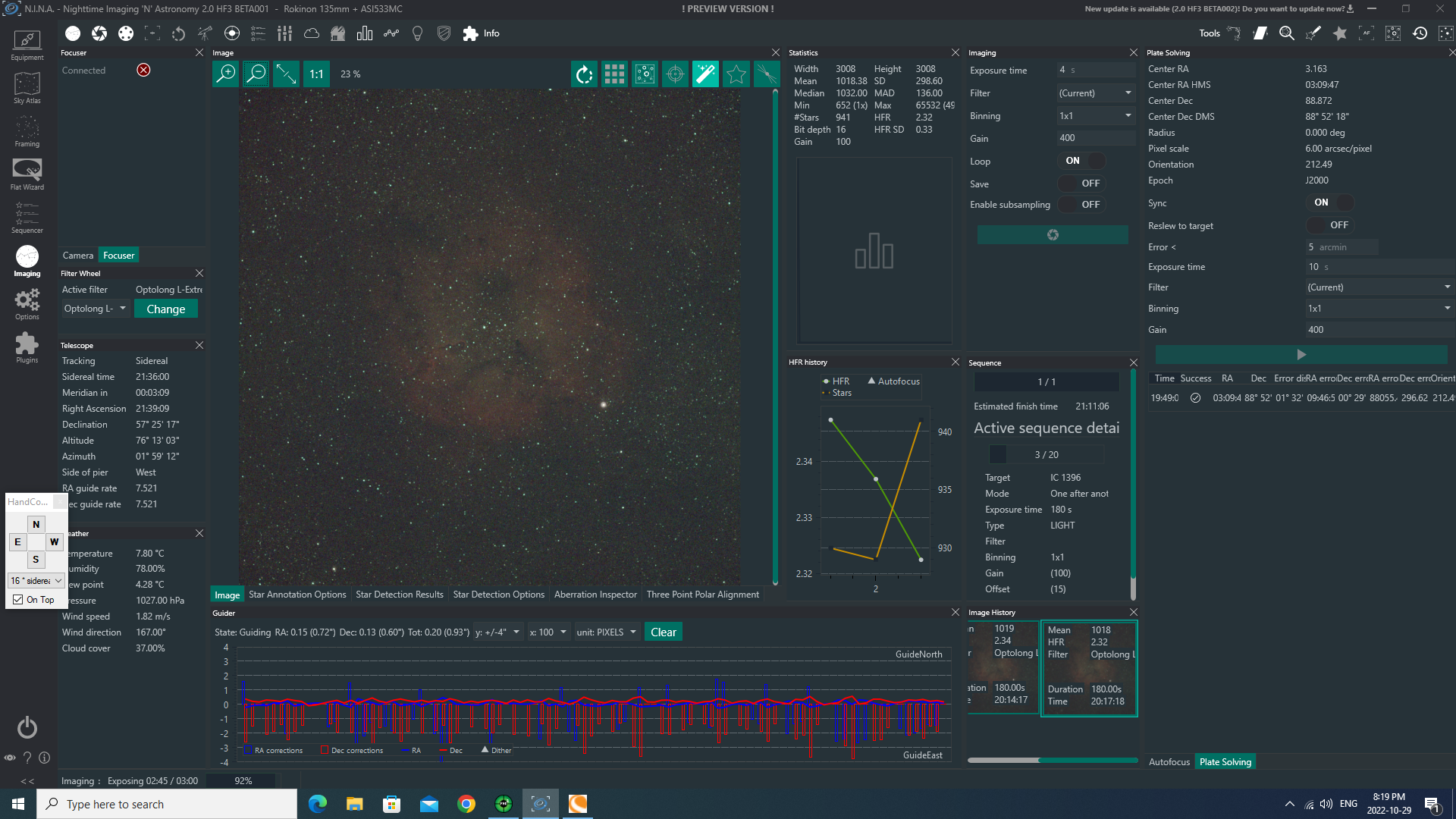
If you want to learn how I connect my equipment to NINA, select a target, slew the telescope to the target, and set up a simple imaging sequence, I published this video on YouTube.
To learn more about how I automated my telescope with N.I.N.A., you can watch this video I posted on YouTube.
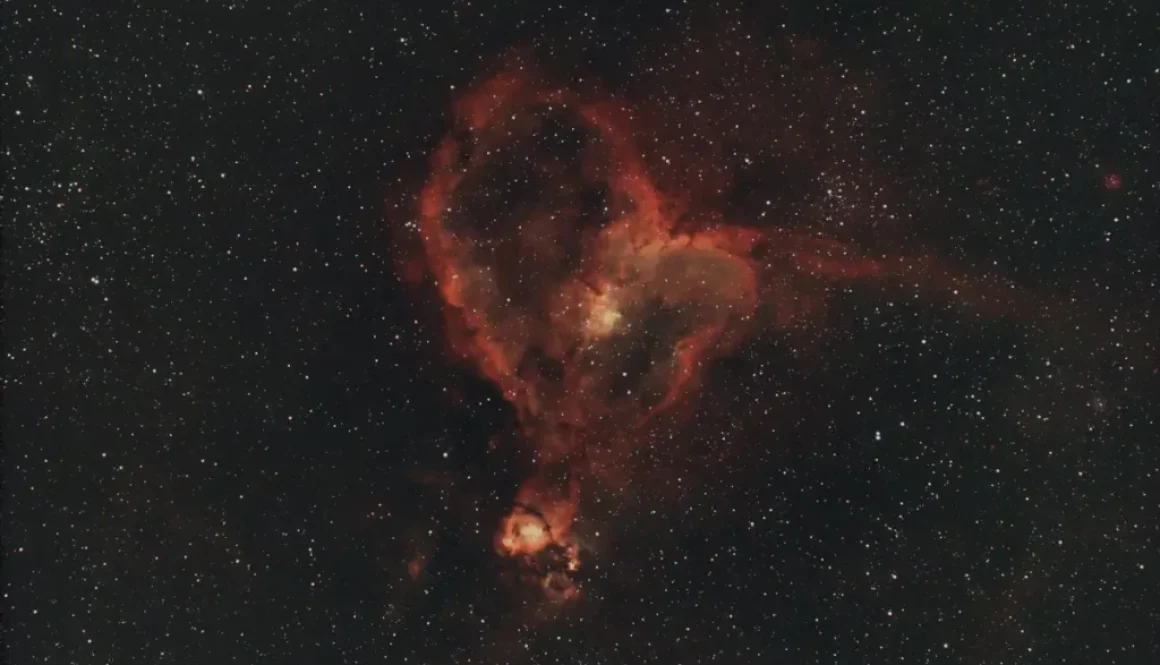
The Heart Nebula on a moonless night
The Heart Nebula on a moonless night
Date: 2022-10-22
Scope: Rokinon 135mm lens
Mount: Celestron CG-5 mount
Imaging Camera: ZWO ASI533 MC PRO (cooled at -10°C)
Filters: Optolong L-Extreme 2″
Guiding camera: ZWO ASI224MC, IR Cut filter, PHD2
Guide Scope: Orion Deluxe Mini 50mm Guide Scope
Software: NINA, PixInsight, NoiseXTerminator, Pixel Math (for star reduction), Starnet (for the starless version of the nebula), GIMP
Total Integration Time: 90 minutes (30×180 seconds)
Calibration frames: 20 dark, 20 flat, 100 bias
Size: 5.01 x 5.01 degrees
Radius: 3.545 degrees
Pixel scale: 12 arcsec/pixel
On the top-right of the image you can see part of the Soul Nebula (IC 1848), which will be one of my next targets.
Note: Scroll the slider to switch between the images of the Heart Nebula and its starless version. You can also open the image of the Heart Nebula in its original resolution.
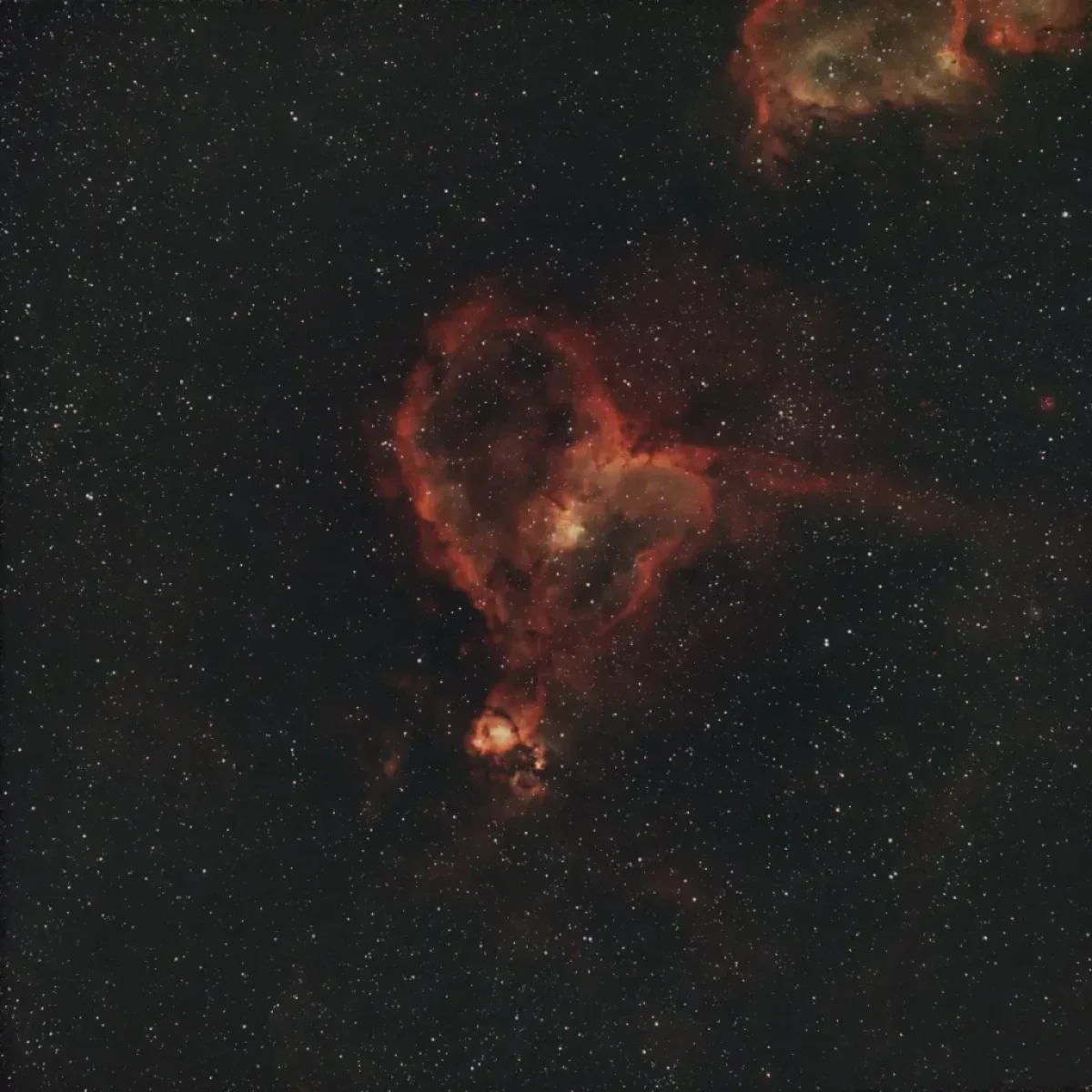
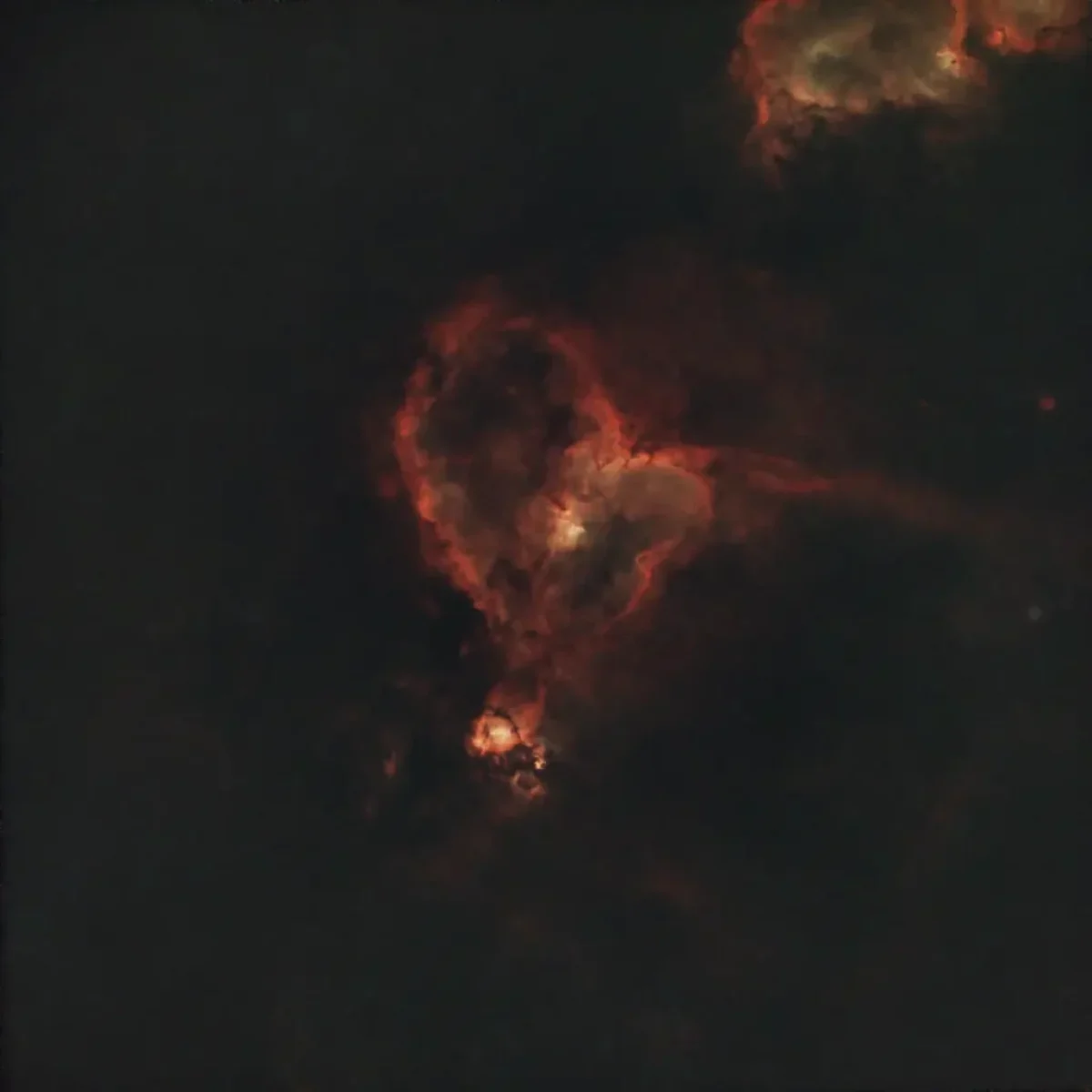
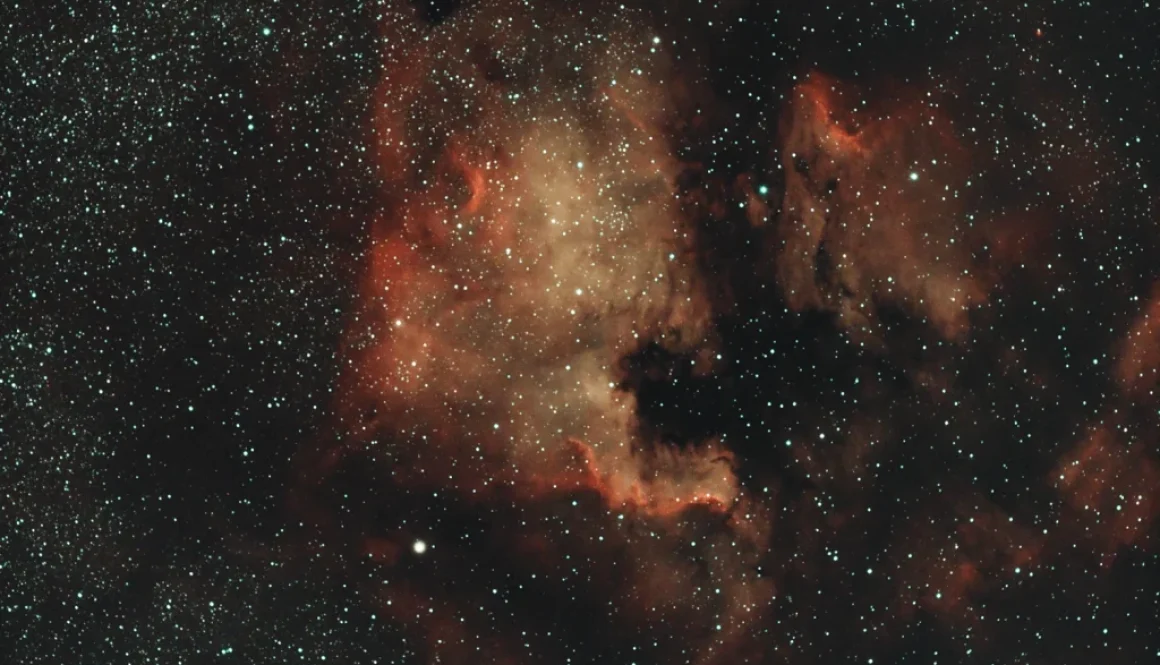
First light with the Rokinon 135mm lens
My first narrowband images with the Rokinon 135mm lens: the North America and Pelican Nebula
The night of October 4, 2022 I used the Rokinon135mm for some deep sky imaging in narrowband for the very first time.
I decided to image the North America Nebula (NGC 7000) and the Pelican Nebula (IC 507) from my driveway.
The Rokinon 135mm lens + ZWO ASI533MC PRO combination is delivering astonishing results with only a few minutes of total integration time.
Can’t wait to image some broadband objects (such as Andromeda Galaxy and the Pleiades) on a moonless night!
Setup
Scope: Rokinon 135mm lens
Mount: Celestron CG-5 mount
Imaging Camera: ZWO ASI533 MC PRO (cooled at -10°C)
Filters: Optolong L-Extreme
Guiding camera: ZWO ASI224 MC with a IR Cut filter, PHD2
Guide Scope: Orion Deluxe Mini 50mm Guide Scope
Software: NINA, PixInsight, NoiseXTerminator, Starnet (for the starless version of the nebula), GIMP
Total Integration Time: 21 minutes (7×180 seconds), dark, flat, bias
Size: 5.01 x 5.01 degrees
Radius: 3.545 degrees
Pixel scale: 12 arcsec/pixel
In the image you can see my very first attempt of narrowband imaging with the Rokinon 135mm lens. I captured the North America Nebula and the Pelican Nebula in just 21 minutes of total integration time
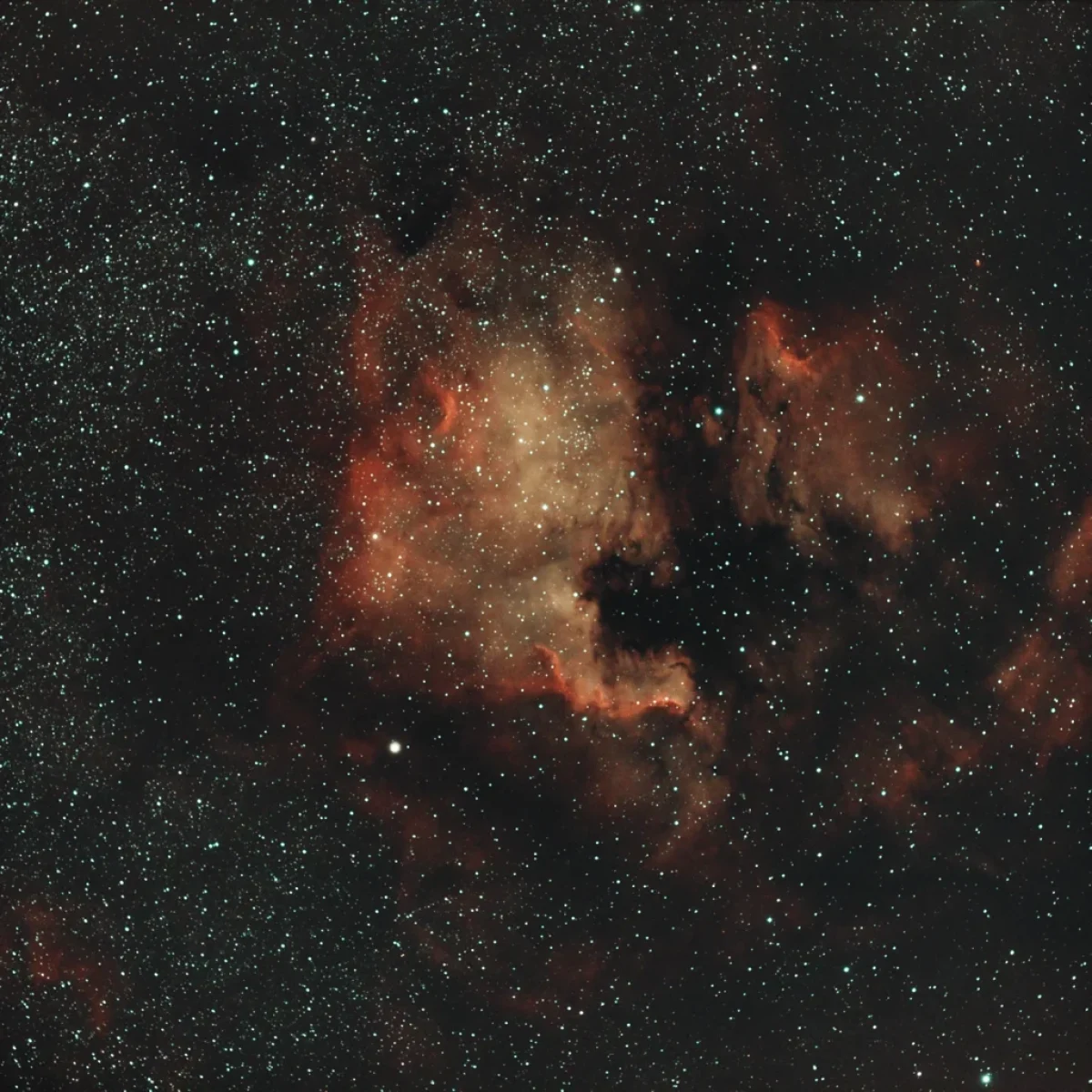
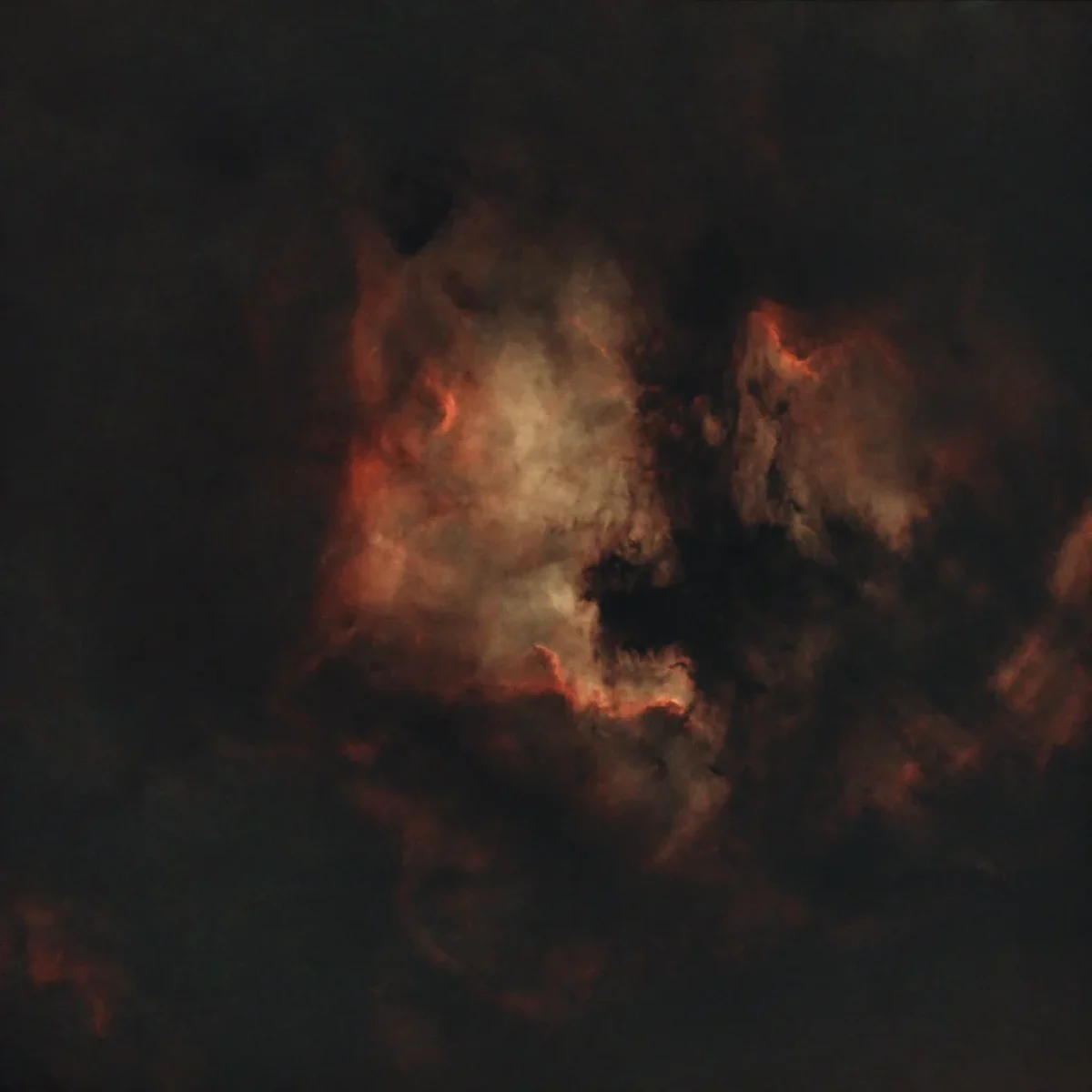
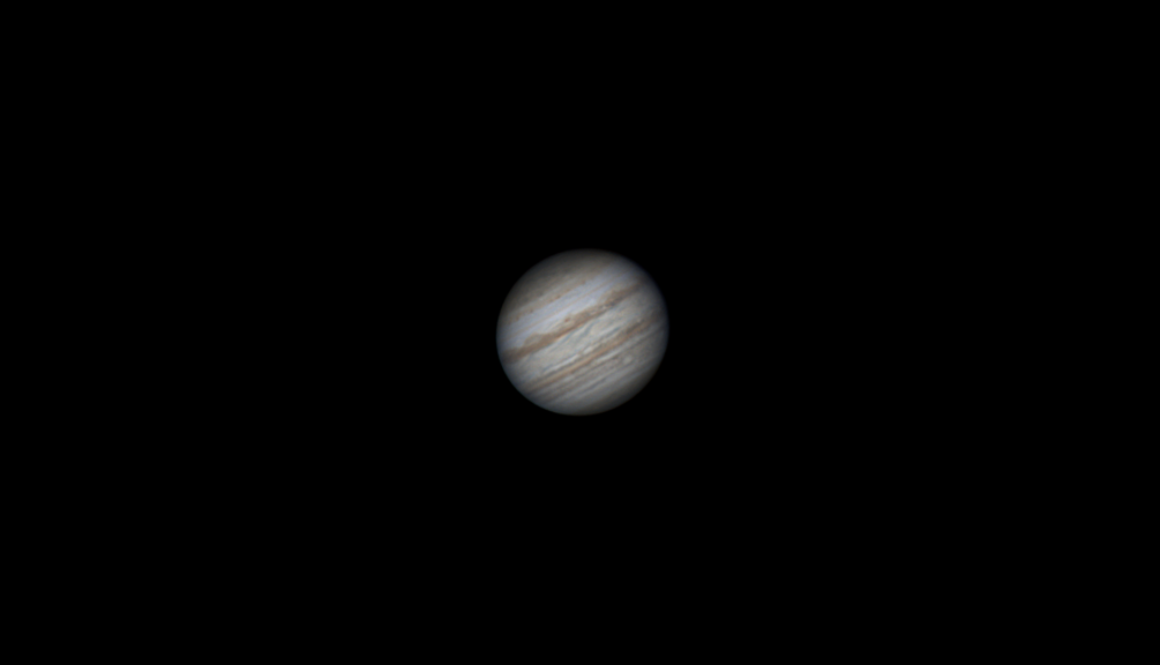
A night with Jupiter
A night with Jupiter
Location: Richmond Hill (ON)
Scope: Celestron 8 SCT, Tele Vue PowerMate 2.5x
Mount: Celestron AVX
Camera: ZWO ASI224MC
Software: FireCapture (best 30% of 60 seconds videos), AutoStakkert!3 (AS!3), Registax, Topaz DeNoise AI, GIMP.
- dark-colored belts (North Tropical Belt, North Equatorial Belt, South Equatorial Belt);
- light-colored zones (North Temperate Zone, North Tropical Zone, Equatorial Zone, South Tropical Zone, South Temperate Zone);
- and finally the North Polar Region and the South Polar Region.
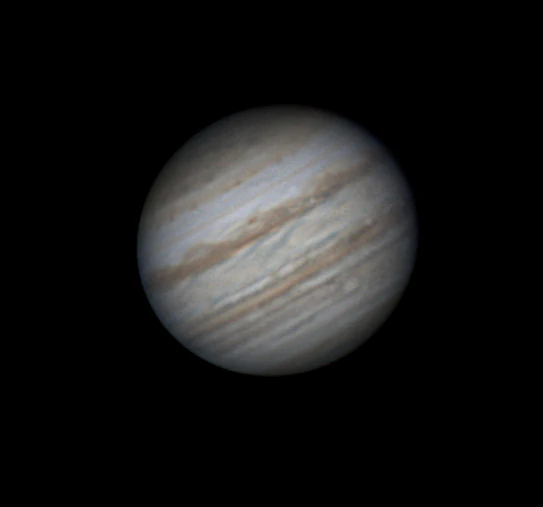
A combination of wind speed, wind direction, atmospheric jets, and cloud composition causes Jupiter’s banded appearance.
Credits: https://astronomy.com/magazine/ask-astro/2012/10/color-code and NASA/JPL/Space Science Institute
